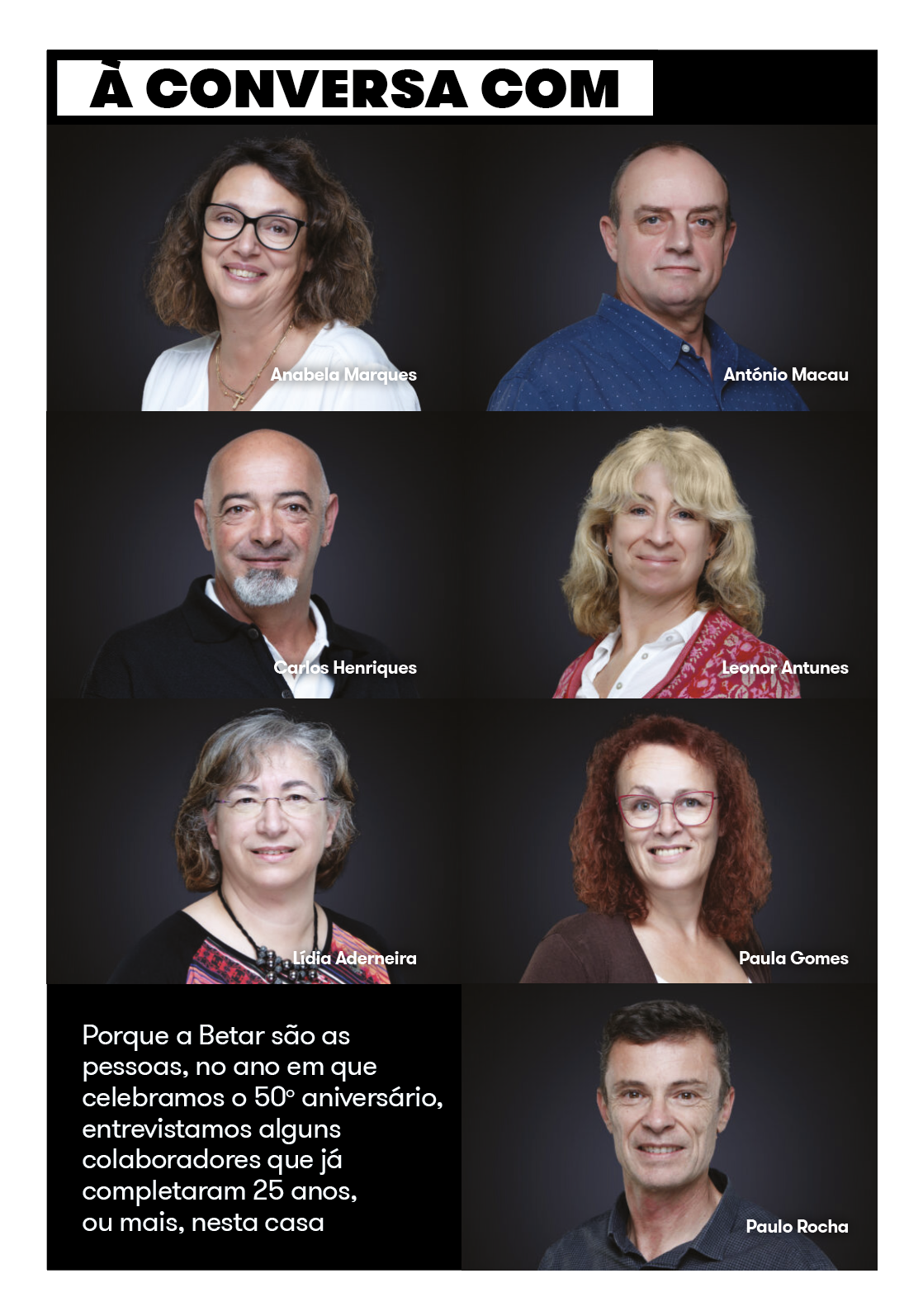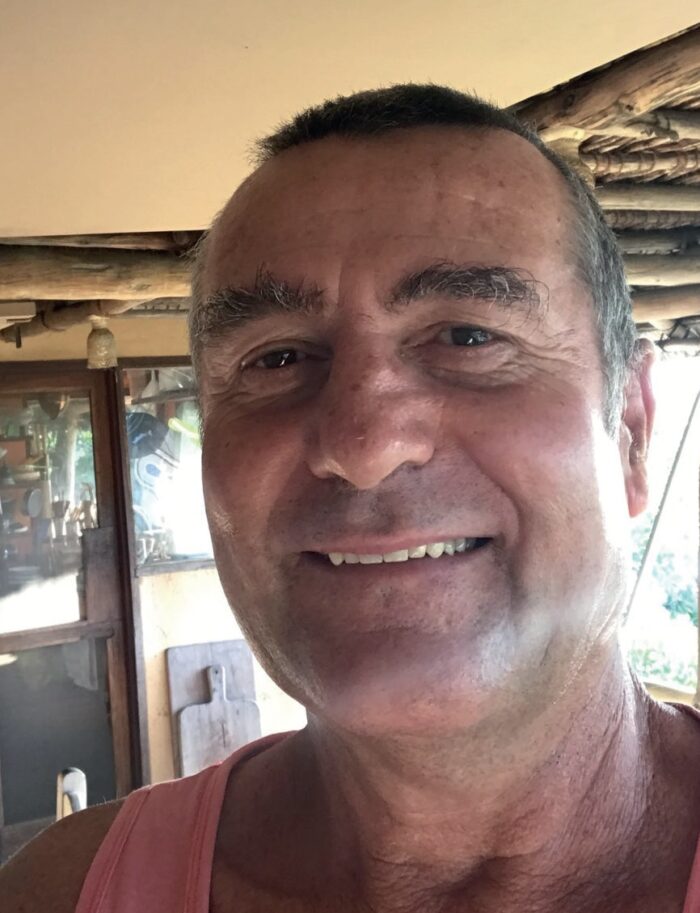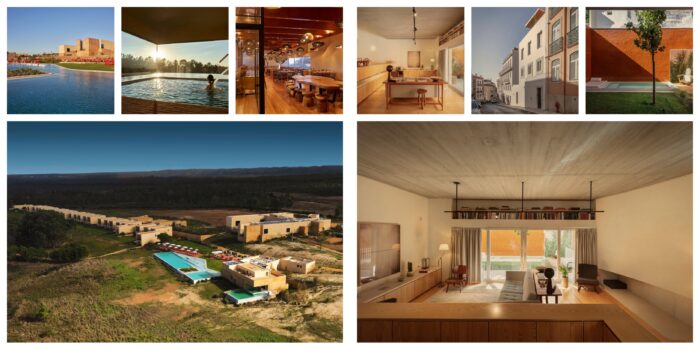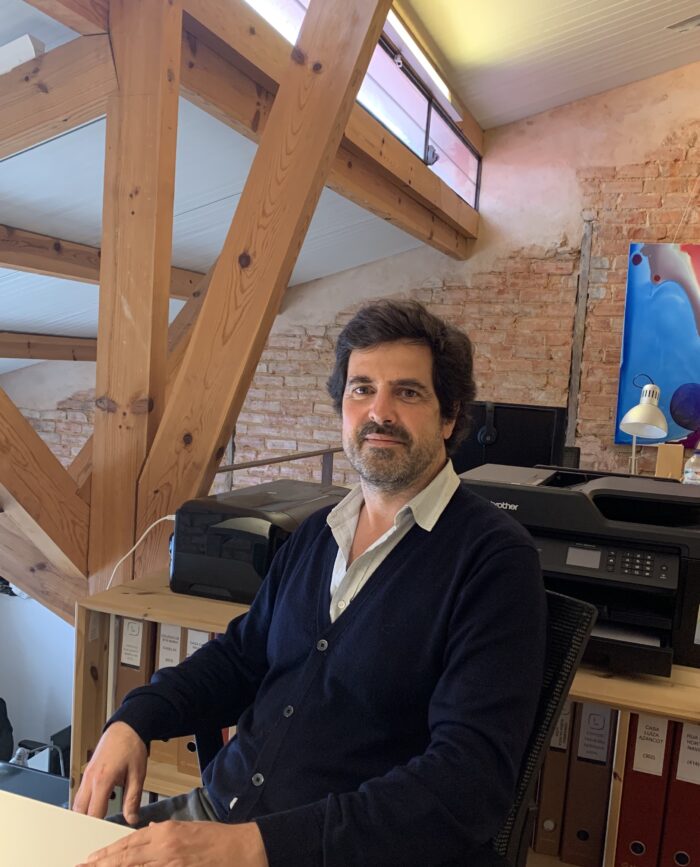A conversation with our employees

A conversation with our employees
Because Betar is about people, in the year in which we celebrate our 50th anniversary, we interviewed some employees who have already completed 25 years in this house.
How did you get to Betar?
What do you remember about the early days?
How has the company evolved?
These were some of the questions we asked to understand what has changed in so many years.
Leonor Antunes
I finished my degree in 1994, I had a year on site and I didn’t like it. One of my father’s colleagues told José Mendonça about me and I came to talk to him. There was no vacancy at the time, but two months later he called me. When I started at Betar in 1996, there was only the 3rd floor and the 2nd left and there weren’t enough computers for all the engineers. We combined the calculation work with the rest and had to combine schedules and share a computer between the three of us, but it always worked very well, with a lot of respect for each other. When I joined, the main partners were José Mendonça and António Cabral, while Veiga had just retired. We were much smaller, nothing compared to the size we have today, and there was a great affinity between the employees and the partners. Engineers Mendonça and Cabral were very dear to everyone. There was a special bond. Mr. Fernandes, who was a draughtsman, is also dear to me, as is Henrique Pereira, the craziest of them all. Then there was a very nice thing: we came to work on Saturdays and there was always lunch, which was a very healthy get-together. There was always mutual help and a good atmosphere throughout all these years.
Paulo Rocha
I started working at the age of 16 in another engineering company. I designed buildings. At the time I hadn’t done any training, but I had a flair for drawing and, as my father worked for that company, I was given the opportunity. Those were different times. I gained experience and then an ad came up for Betar, I applied and stayed. When I started, we still used a drawing board, there were no computers, it was very different, everything was drawn directly on paper. I was still alone in the drawing room, then Macau arrived. I came to work with Eng. Tiago, drawing bridges. It was a big change from what I was used to, a learning experience. Adapting to computers was easy, it was new and the program was much more basic than it is today.
António Macau
In the 1980s I was a draughtsman at CP, then Refer. In 1992 I came to Betar part-time, and worked both jobs until 2000, when I went full-time. I remember the construction boom in the 1990s, when they called Betar “the project factory”. I came to work with Eng Tiago, who was not yet “senior” in the company. He mainly designed concrete bridges. Until today. I’m due to retire next year. Betar was a very family-run company, owned by three or four friends. There was a great closeness, Mr. Cabral was always whistling. Then the company grew a lot, evolved. It’s changed, but I’ve always enjoyed being here. When I first arrived, we still used liners (pens with adjustable blades that we filled with ink). Then we switched to Rotring pens, which were wonderful. Computers followed, it was a brutal change, but I always adapted.
Lídia Aderneira
I joined Geotest in 1992. It was through Anabela Marques that I found out there were vacancies. At the time, I didn’t know anything about the world of geotechnics, but once I got to know it, I began to “get the hang of it”, both in the laboratory and in field work, prospecting. The work I did when I joined the company is identical to what I do today, the urgency is the same, the equipment hasn’t changed much, although we now have bigger field machines. The atmosphere in the company has been very good, among all my colleagues. We always try to be in a good mood and sometimes lighten it up with jokes. In the last few years, it’s been spectacular with Engineer Isa, she’s a great leader, which helps a lot.
Anabela Marques
I ended up at Geotest through IJOVIP, which promoted the integration of young people into the job market. When I started, I did a bit of administrative and laboratory work. At a certain point, Prof. Gabriel Almeida asked me if I wanted to work full time in one area or the other. I chose the laboratory and he very amusingly said that my “painted nails wouldn’t be what they used to be”. I’m currently a Geotechnical Analyst. When Betar bought the company, some of the faces changed, but the work remained the same. Sometimes, in the field, they see me arriving with the equipment and ask about the [male] colleague, because it’s heavy work, but I like what I do, and the atmosphere is also very pleasant. I should stay here until I retire.
Paula Gomes
I joined Geotest as an administrator, but that same year I was invited to train in AutoCAD, our design program. After I finished, I spent three years doing both, but I ended up becoming a full-time designer. AutoCAD stayed the same, but it evolved a lot and we kept up with it. Our connection with the head office happens when someone comes to deal with something or at events organized by the company. We’ve had ups and downs, like all companies, but if I’m here after so many years it’s for a reason.
Carlos Henriques
When the printing company where I worked closed, I heard that Geotest needed people. As my background is in the laboratory, I’m a 1st class analyst, so I came to talk to Prof. Gabriel Almeida, who hired me. When I joined there were about 10 of us. I stayed in the laboratory for several years, but about 18 years ago I moved to the prospecting sector, where we do drilling. I don’t have many stories related to the company because basically I’m always on my own, but in the 1990s I was involved in major public works such as the Vasco da Gama Bridge, CP, oil and gas pipelines… it’s a job I enjoy.
This interview is part of Artes & Letras Magazine #158, November 2023
Partially automatic translation from portuguese: some expressions may differ from their actual meaning.
News & Interviews
A conversation with Arch. Yorick Houdayer
‘The children at Fortaleza beach called me "Amigo Manholiho", a friend who rewards. I kept this name until today, forcing myself to respect the moral contract embed in the name’ Read more
Mies van der Rohe 2024 nominees
Praia do Canal Nature Resort and House in Santa Isabel, two projects with Betar structures, are among the projects listed. Read more
A conversation with Arch. António Costa Lima
'I believe that an architect should assume himself as an aggregating factor and at the same time conciliatory, in a team that is always composed of many people and entities.' Read more




